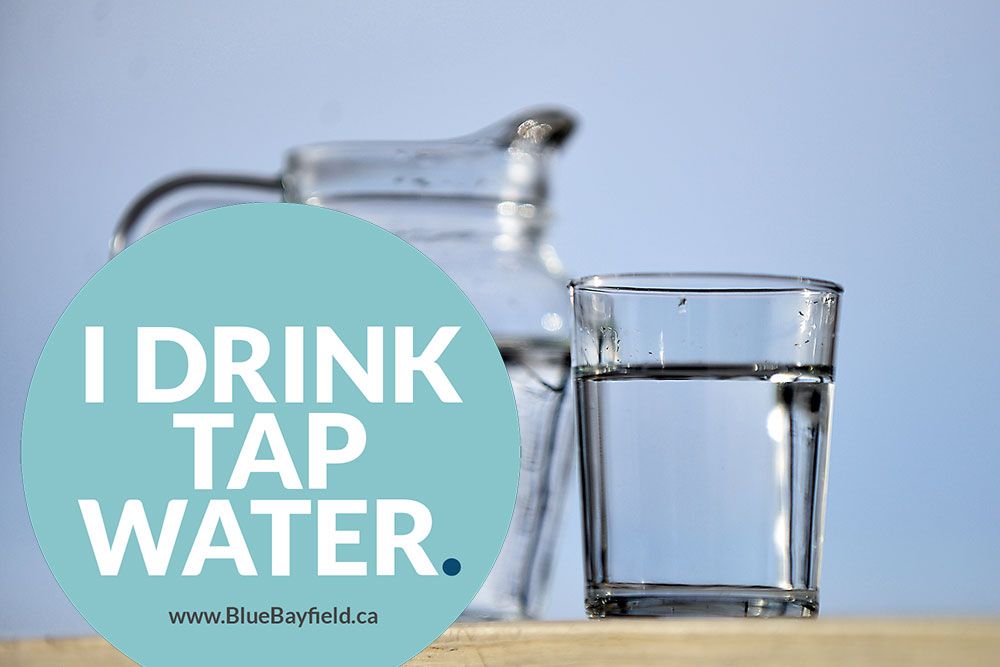Crew tapes Plastic People doc in Bayfield area

Crew videotapes in Bayfield area for Plastic People documentary
Society’s addiction to plastic use has negative impacts on rivers, lakes, oceans and people; a local citizens’ group and local youth are some of the people working to be part of the solution
Submitted by Blue Bayfield
Some years ago, Dr. J. D. Allen, of the University of Michigan, partnered with several universities, including the University of Windsor, to study threats to the Great Lakes. This group of scientists identified 34 threats to the lakes. These threats include Asian Carp, Zebra Mussels and other invasive species, runoff of nutrient-rich fertilizers (from sources including agricultural and residential properties), and toxic pollutants, including plastic.
All over the world, in rivers, lakes and oceans, tiny plastics, called microplastics, microbeads or plastic fibres, are being found in our water. These tiny plastics contaminate the food chain, including food for human consumption.
Lorena Rios, of the University of Wisconsin, found 1,500 to 1.7 million plastic particles per square mile (2.5 square kilometres), on average, in three of the lakes, with the highest concentration in Lake Erie. Rios collaborated on the study with the 5 Gyres Institute (Science to Solutions), a Los Angeles-based research group that studies water pollutants. Typically, the oceans contain plastic debris in the five-millimetre-diameter size, whereas in the Great Lakes studied found the plastic particles measured less than one millimetre in diameter. They also concluded the Great Lakes contained twice the plastic than that of the oceans in density.
The problem is that all plastic produced remains with us, in some form, forever. The first piece of plastic manufactured still remains with us today. Perhaps it remains in the form of a composite chair or even worse, as microscopic bits in our water, soil and air. Global plastics production doubled from 2000 to 2019 to reach 460 million tonnes. Plastics manufacturing accounts for 3.4% of global greenhouse gas (GHG) emissions.
A study, by Memorial University, found that the eggs of the Northern Fulmar, a bird that never leaves the extreme north of Canada, contained multiple particles of plastic. At the University of Newcastle, researchers estimated that humans consume the equivalent of a credit card (5 grams) of plastic weekly.
It takes four litres of water and ¼ litre of oil to produce a one-litre plastic bottle. Of bottled water tested in the United States, 93% contained plastic microbeads. In those bottles contaminated with plastic, it was found that there were, on average, 325 parts per litre of plastic. Tap water tested contained five parts per litre.
Tap water costs less than one quarter of a penny per litre. Compare that to the cost of bottled water. The bottled water industry pays less than five cents for 100 litres but retail costs can have a 3,000 per cent markup. In 2010, the United Nations declared water as a human right. They deemed water is a resource belonging to all. They believe water should be accessible to all citizens at a reasonable price. Therefore, water should not be a commodity that is a debateable purchase.
Your favourite clothing could be made from synthetic fabrics like Spandex, nylon and polyester. All of these are, essentially, plastics. They are made from petrochemicals. Your sweat contains oil that encourages chemical additives in plastics to dissolve. Those chemicals may then be absorbed through our skin, say researchers at the University of Birmingham. Essentially, the more you sweat, the more chemicals you absorb. Previously, researchers focused our exposure to plastic through diet, air, and water, but the study raises awareness that humans can be exposed to plastic chemicals through our skin, too.
These facts, from the United Kingdom, should be a wakeup call.
- Thirty-eight (38) million plastic drink bottles are bought every day in the U. K.
- 112,000 pieces of plastic packaging leave U. K. supermarkets every minute
- Eight million pieces of plastic pollution find their way into our oceans daily
Blue Bayfield is a group of citizens from Bayfield, Ontario Canada. In 2010, concerned about the threats to Lake Huron, Blue Bayfield, began a campaign to reduce the use of single-use plastics in Bayfield.
Acknowledging that most threats to our waters are beyond individual control, Blue Bayfield focused on what citizens can control. Getting rid of the ubiquitous single-use water bottle is one way people can take positive action to reduce plastics. To its credit, the community endorsed this project.
Recently, White Pine Pictures, producers of award-winning documentaries, visited Bayfield and other Huron County locations to shoot some footage for a new feature documentary called Plastic People. This promises to be a frightening look at how plastic impacts the lives of living species.
White Pines Films discovered Bayfield through an Internet search that showed the support and engagement of local citizens and businesses of Blue Bayfield’s Plastic-Free campaign. Their 90-minute documentary will be released in the spring and shown at film festivals around the world, as well as featured as a full episode of CBC’s The Nature of Things television program.
World-wide, citizens and businesses have an addiction to avoidable single-use plastic. It is up to each of us to start making changes in our lives. We can start by eliminating the use of as many single-use plastic products as we can. In that way, we can change the system that produces them.
